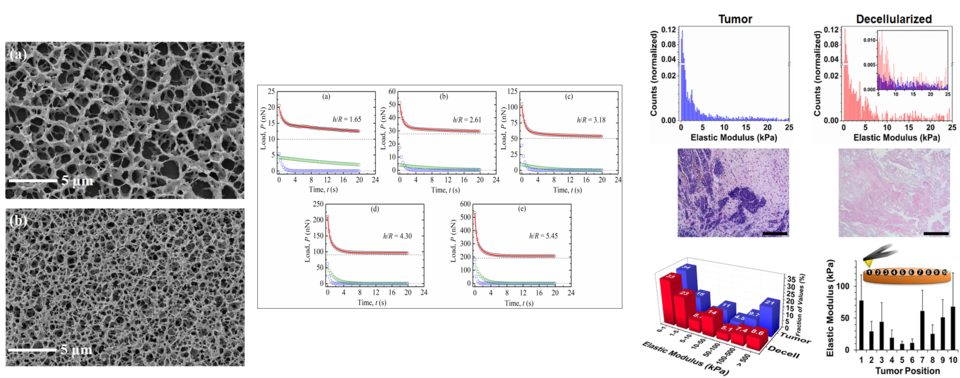Brian Bush (Fed)
Chemical Engineer
My research background focuses primarily on scanning probe microscopy (SPM) techniques and similar metrological measurements. I started at NIST in 2011 as an NRC Postdoc quantifying the adhesion and friction properties of self-assembled monolayers on microelectromechanical devices as a function of silane chain length. Since then, my research interests have expanded to include SPM measurements on soft and biological materials as well as other novel materials including my current research focusing quantifying interparticle forces between zinc oxide colloids for ceramic additive manufacturing applications. Notable research highlights include:
- Atomic Force Microscopy for the measurement of interparticle forces of ZnO nanoparticles for ceramic additive manufacturing applications
- Design and fabrication of colloidal probe AFM cantilever probe tips.
- Develop scanning probe experimental techniques and models for extracting nanomechanical parameters of soft and biological materials
- General scanning probe AFM for reference material measurement and calibration
Orcid ID: https://orcid.org/0009-0000-7904-5399

Selected Publications
Publications
Created May 31, 2018, Updated May 5, 2023

